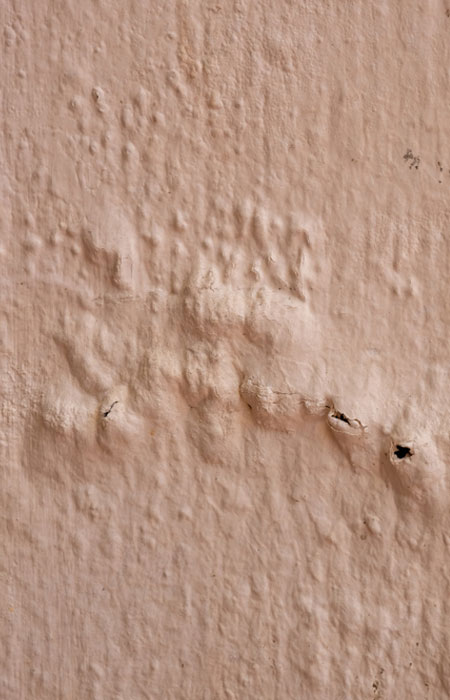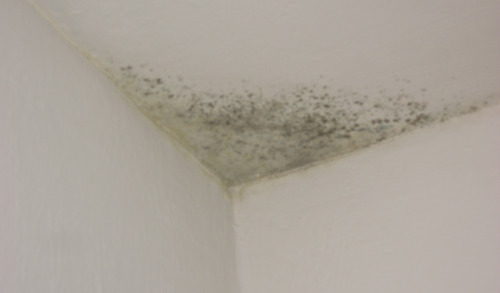Revealing Wall Water Stains - Effective Checks And Repairs
Revealing Wall Water Stains - Effective Checks And Repairs
Blog Article
The author is making several good pointers on How to Find and Repair Water Leaking in the Wall overall in this great article in the next paragraphs.

Water discolorations on wall surfaces are not pleasurable to the eyes. Your home needs to be without discolorations on the wall surfaces, roofing system, or floorings. That is the perfect state of a residence as well as its frameworks. Often it appears practically inevitable to experience water stains on walls in residences.
Homeowners residing in damp areas constantly handle the concern of water discolorations on walls. But that doesn't need to hold true for you. With precise and also well-shaped information on the reasons for water spots as well as punctual fixing procedures, you will always be a step ahead of such incidents. So, this post assures to be a handy guide for you.
3 Usual Sources Of Water Spots on Walls
As opposed to popular belief, water stains on walls do not always originate from inadequate structure products. There are a number of reasons for water stains on walls. These include:
Poor Drain
This will protect against water from permeating into the walls. This web links to extreme dampness that you notice on the wall surfaces of your structure.
So, the leading reason for wet wall surfaces, in this situation, can be an inadequate drain system. It can likewise be due to inadequate administration of sewage pipelines that run through the structure.
Moist
When hot wet air consults with dry cool air, it triggers water beads to base on the walls of structures. When there is heavy steam from cooking or showers, this takes place in kitchen areas and also shower rooms. The water droplets can tarnish the surrounding walls in these parts of your residence as well as spread to other locations.
Wet or condensation affects the roofing and walls of structures. When the wall is wet, it develops a suitable atmosphere for the development of fungi as well as germs.
Pipe Leaks
A lot of residences have a network of water pipes within the walls. This makes sure that the pipes are well away from the reach of harmful rats. It constantly increases the feasibility of such pipelines, as there is little oxygen within the walls. This dissuades corrosion.
A drawback to this is that water leak influences the walls of the building and triggers extensive damages. A telltale sign of faulty pipes is the appearance of a water discolor on the wall.
Water Spots on Wall Surface: Fixing Tips
When dealing with water spots, property owners would normally desire a fast fix. Yet, they would soon realize this is detrimental as the water spots repeat. So, right here are a couple of valuable suggestions that will guide you in the repair of water stains on walls:
Pro Idea
A houseplant in your home also raises its moisture. If the home is already moist, you may want to introduce houseplants with minimal transpiration. An example of suitable houseplants is succulents.
Final thought
No one desires to have water spots on wall surfaces in their house, it can take place to the ideal of us. This short article gives you leverage, as you currently recognize exactly how to handle this mishap if it does occur.
It is always best to recruit professional services to help deal with the damages in your house.
In some cases it appears practically unpreventable to experience water spots on wall surfaces in houses.
In contrast to prominent idea, water spots on wall surfaces do not always stem from inadequate building products. There are several reasons of water stains on wall surfaces. The water beads can discolor the bordering walls in these components of your home as well as spread to various other areas.
Below are a few practical pointers that will assist you in the repair of water spots on wall surfaces:
CHECKING FOR WATER DAMAGE
Water damage can be costly, and it may begin before you even notice the first signs of trouble. Water damage can cause mold and mildew in your walls and floors, which can create an abundance of health concerns for your family. It can also lead to costly repairs of various appliances and general home fixtures. To avoid the pricey consequences of water damage, here are Warner Service’s top 5 places you should check:
The walls – The easiest place to spot the beginnings of water damage is on the walls and ceilings of your home. If water damage is present, there will most likely be water stains, especially around the windows and doorframes, and/or cracks in the drywall. If a stain looks unusual (discolored to brown, black or gray, raised texture), has a swollen appearance or is soft to the touch, contact a professional immediately. The pipes – To avoid water damage, consistently check the pipes in your kitchen (especially the dishwasher and ice maker), bathrooms, laundry room (specifically washing machines) and basement for corrosion, leaks and water stains. Pay special attention to where the pipes connect in your home and the location of caulking around the bathroom fixtures, including toilets, sinks, showers and tubs. Missing or loose caulking and grout could be signs of leaking water. This seepage can also quickly cause mold and rust, so double check your water heater and tank for wet spots on the floor. The floor – Water damage is very easy to spot on the floor. Look for any warping or buckling of the material, especially in the basement. If your home has wood flooring, look for bright white or dark stains. If your home has carpeting, keep it dry and clean. A damp carpet that smells of mold could cause water damage and health problems. To avoid this, consider installing floor pans under your appliances to help prevent damages from small, slow and undetected leaks. The basement and attic – If your basement or attic smells odd check for mold and mildew around the area, especially the valley where the roof meets. While you are inspecting those areas, check for wall cracks, floor stains, rust and dampness in the insulation. If you live in a colder and/or rainier climate, perform routine checks for water damage from melting snow or ice and rain. The exterior – Check the roof for damaged flashing and missing, cracked or curled shingles. There should also be no standing water anywhere outside your home. This could be caused by puddles, leaky rain gutters or hoses, poor drainage, or short gutter spouts. Invest in a sump pump system or water flow monitoring system, and perform routine maintenance on these outdoor appliances to avoid indoor water damage.

We had been made aware of that article about Indicators of Water Damage Behind Walls through someone on a different web blog. Those who liked our article please do not forget to share it. We enjoy reading our article about How to Remove Water Stains from Walls and Ceilings.
Visit Page
Report this page